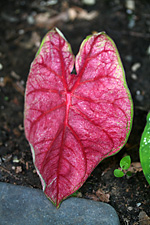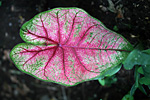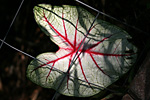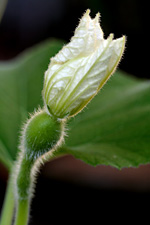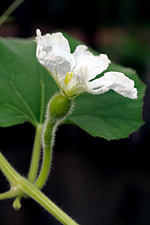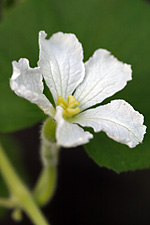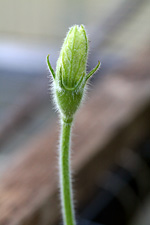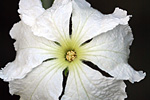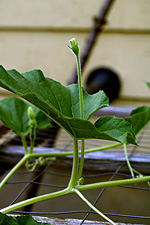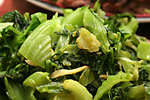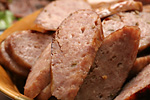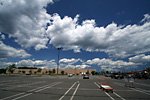 kits online last night, but they were all in the $2000-3000 price range. the man working in the bath department helped us out a lot, and told us about his own experience remodeling his bathroom for his handicapped wife. the conversion kits we saw at home depot were about $400, 5-7x cheaper than the selections we saw on the web. before we left, my father bought a pair of replacement never-inflate (solid rubber) tires for his hand truck back at home.
kits online last night, but they were all in the $2000-3000 price range. the man working in the bath department helped us out a lot, and told us about his own experience remodeling his bathroom for his handicapped wife. the conversion kits we saw at home depot were about $400, 5-7x cheaper than the selections we saw on the web. before we left, my father bought a pair of replacement never-inflate (solid rubber) tires for his hand truck back at home.
after visiting the nearby costco followed by the restaurant depot in chelsea, my father dropped me off at my place. i received a call from a general contractor regarding restaining the house and i made an appointment to do a free estimate tomorrow morning. i wrote my upstair neighbor a note asking him to join us if he was around. i then went to the cafe to help my father unload the car before going to belmont.
when you're dealing with a shade garden, you learn to appreciate foliage. from a practical standpoint, larger leaves help to collect what little there is of the sunlight. that's why most of your traditional shady perennials - hostas, ferns - are known more for their foliage. caladiums infuse much-needed colors into an otherwise drab shade garden. part of the reason why more people don't add these into their gardens is they require more care than your traditional perennial bulbs. caladiums with thrive during our new england summers but being from a tropical climate, they will die during our winters. that's why they need to be dug out come autumn and stored indoors. caladiums seem to be better suited in pots (making them easier to bring inside) which is what i'll probably do next summer. despite the work, i think it's worth it for the showy leaves.
 when my father came back home, he replaced the wheels of his hand truck, before i helped him attach some makeshift trellises to
when my father came back home, he replaced the wheels of his hand truck, before i helped him attach some makeshift trellises to 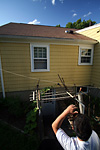 the side of the house with some galvanized rabbit wires. we clipped off a certain length, bent it until it stayed flat, then with a ladder crimped the top ends to the roof gutters while either tied the bottom or crimped the ends under the lowest shingles of the house. my forearms were covered in small cuts from the sharp exposed prongs. all this work for the squash (we have a total of 4 plants), which my father believes will need a lot of climbing space in order to bear a lot of fruits. (for those who're curious, this is my father's hand on the road to recovery.)
the side of the house with some galvanized rabbit wires. we clipped off a certain length, bent it until it stayed flat, then with a ladder crimped the top ends to the roof gutters while either tied the bottom or crimped the ends under the lowest shingles of the house. my forearms were covered in small cuts from the sharp exposed prongs. all this work for the squash (we have a total of 4 plants), which my father believes will need a lot of climbing space in order to bear a lot of fruits. (for those who're curious, this is my father's hand on the road to recovery.)
i heard you can eat squash flowers so i wanted to try one. the best time is now, when the plant is just beginning to flowr, because there aren't any female flowers yet, so the male flowers will just go to waste. however, every time i visit the belmont garden, i've never seen a squash flower in bloom; they're always the wrinkled remains of spent flowers. still, i was dying to get a taste, so i ate one anyway, tasted like squash, with a bit of sweetness from the nectar inside.
after dinner, my father decided to finish mowing the lawn with what little remained of daylight. that's when he noticed something strange about the squash: the flowers were blooming! from the bits of information i gathered previously, i realized the flowers for this particular squash were white. typical squash flowers are yellow, like cucumbers, but just bigger. white flowers could only mean these are a variety of bottle gourd (AKA calabash AKA Lagenaria siceraria). the nighttime flowering isn't a mistake; they bloom at nights and are pollinated by moths (i did notice a moth on the bathroom window screen; maybe it was waiting for us to leave). so mystery solved! my father thinks these are actually a type of edible chinese gourd.
